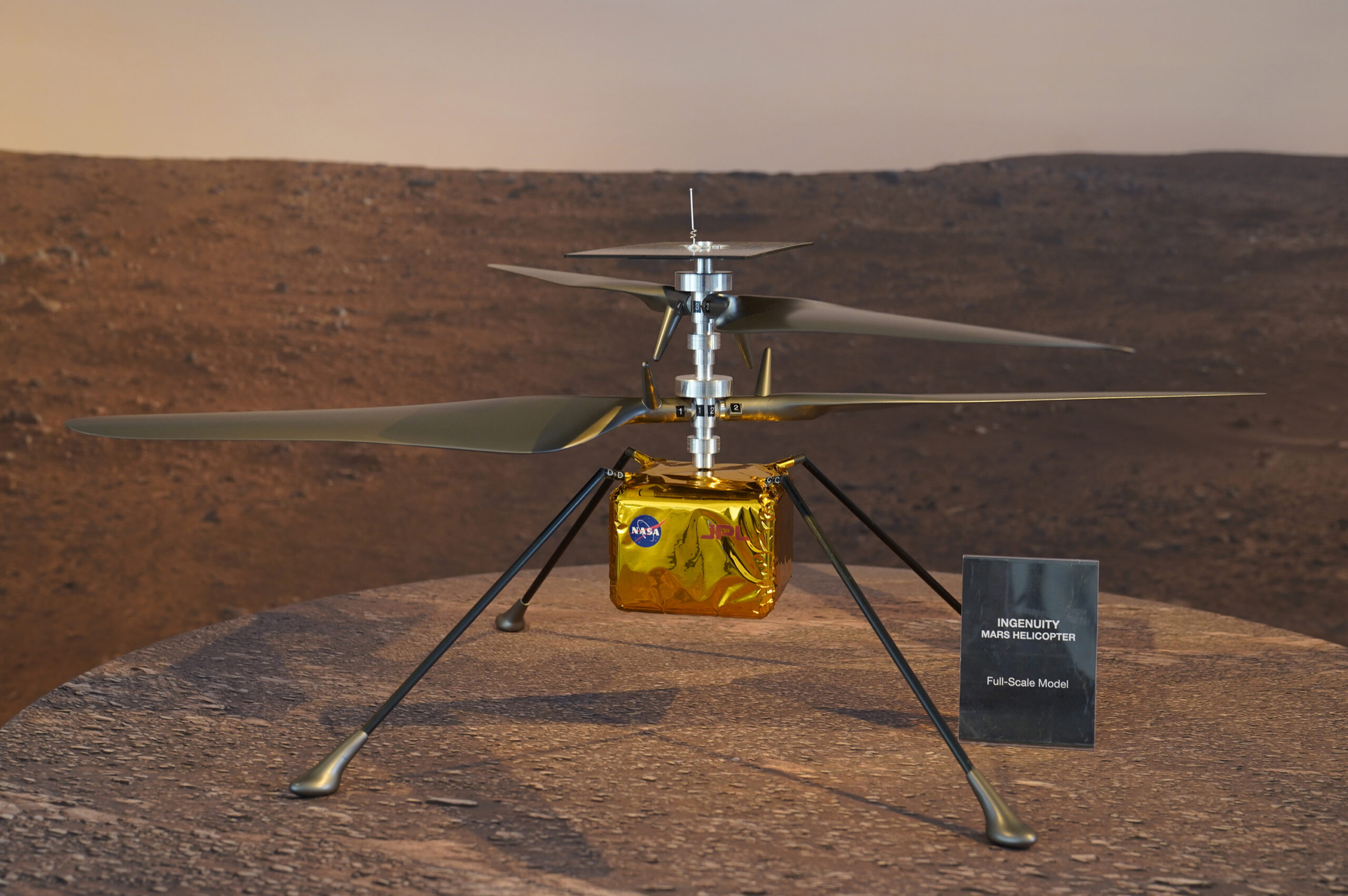Almost heaven … definitely Mars.
NASA’s “Perseverance” rover successfully touched down on The Red Planet’s surface Thursday afternoon.
The space agency is now hoping for an equally successful 10-year mission of soil drilling and rock gathering to determine the ancient origins of the planet that floats fourth from the Sun in our universe.
Mars has long captured the collective imagination of scientists and science-fiction writers alike.
Named for the Roman god of war, the planet is believed to have harbored water 4 billion years ago, as borne out by telescopes and previous rover missions.
That’s what all those rocks and soil samples will be about.
“Percy,” as the rover is affectionately known set down in at Jezero Crater, which scientists say was once a lake, given the delta makeup of its surrounding topography.
Even at its closest point, Mars still floats 38.6 million miles from the planet we call home.
Thank West Virginia, in part, for helping it get there.
Specifically, NASA’s Katherine Johnson IV&V research facility in South Fairmont.
The “Four and Five,” as it also known, given the Roman numeral resemblance of its name, is where all the software that makes mission go is tested out.
That’s what Independent Verification and Validation is, in agency parlance.
All the components are configured, gone over and tested.
Then, they’re configured, gone over and tested again.
That’s so they’ll do exactly what they’re supposed to do, so they’ll achieve that all-important measure of “warm, fuzzy,” as the engineers say.
Researchers in Fairmont worked for six years on the mission doing just that, in fact.
It took Josh Revels about a weekend to mimic, in computer code what Percy will doing for the next 10 years in Martian climes.
Revels is an education outreach specialist at the Four and Five, presented the exercise as a part of an online event hosted by the facility to go in tandem with the touch-down.
Elementary and middle school students from across West Virginia and western Pennsylvania tapped in remotely for their version of the mission, using the rudiments of computer code.
As in the actual mission, it took complex coding to make sure the rover could slow its roll from 12,000 miles an hour to a safer, more space-sedate 2 mph – when it came time to enter the atmosphere of Mars.
Coding is the high-tech equivalent of a circus performer in the center ring, with a lion, a chair and a whip.
In smartphone terms, when you code, you’re getting an app to do what you want it to, and it’s the same for Perseverance, which is the size of a car and runs on plutonium.
“It all starts with coding,” Revels said.
For Revels, 30, who grew up down the road from the Four and Five in Shinnston, Harrison County, it all started with a love of science and a wonder of how things work in the world – and out-of-this world.
After his graduation from Fairmont State University, he taught chemistry and astronomy five years at Elkins High School in Randolph County before launching his orbit with NASA.
Like his colleagues, Revels said he’ll be riveted to computers in coming days, watching Percy’s output in real-time.
And he always does what is part of NASA’s job description: He looks up.
What does Revels regard when he launches those long gazes at the night sky?
“I see the possibilities,” he said.
“I see imagination and I see the beauty of it all.”
TWEET@DominionPostWV




